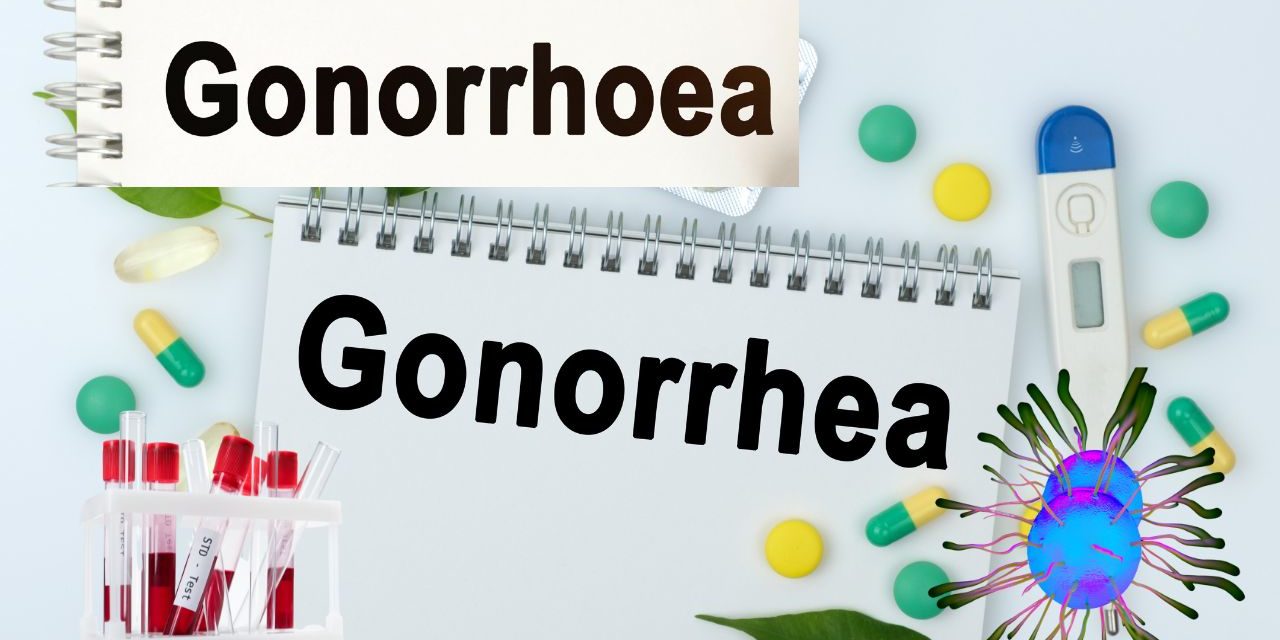Introduction
In the intricate tapestry of human health, certain conditions demand our attention due to their potential to impact individuals’ lives and well-being. Gonorrhea, an ancient and persistent sexually transmitted infection (STI), is one such condition that warrants understanding and awareness. In this article, we embark on a journey to explore the depths of gonorrhea, shedding light on its causes, symptoms, complications, and the diverse treatment options available to address this concerning health issue.
Understanding Gonorrhea
Gonorrhea, caused by the bacterium Neisseria gonorrhoeae, is a sexually transmitted infection that primarily affects the genital, rectal, and throat areas. Often referred to as “the clap” in historical context, gonorrhea remains a public health concern due to its prevalence, potential complications, and the emerging challenge of antibiotic resistance.
Transmission and Risk Factors
Gonorrhea is most commonly transmitted through unprotected sexual contact, including vaginal, anal, and oral sex. Factors that increase your risk of infection include:
- Unprotected Sex: Engaging in sexual activity without using barrier methods, such as condoms, can heighten the risk of transmission.
- Multiple Partners: Having multiple sexual partners increases the likelihood of exposure to infected individuals.
- Young Age: Young adults and adolescents are at higher risk due to behavior patterns and increased sexual activity.
- Lack of Screening: Failure to undergo regular STI screenings can delay detection and treatment.
Symptoms and Complications
Gonorrhea can manifest with a range of symptoms, but it’s essential to note that many individuals may remain asymptomatic. Common symptoms include:
- Genital Discharge: Unusual discharge from the penis or vagina that may be white, green, or yellow in color.
- Painful Urination: A burning sensation or discomfort while urinating.
- Pelvic or Genital Pain: Pain or discomfort in the pelvic area, testicles, or ovaries.
- Rectal Symptoms: Discharge, itching, or discomfort in the anal area, especially among individuals who engage in anal sex.
- If left untreated, gonorrhea can lead to serious complications such as pelvic inflammatory disease (PID) in women, which can result in infertility and chronic pelvic pain. It can also facilitate the transmission of other STIs, including HIV.
Diagnosis
Diagnosing gonorrhea involves a combination of medical history assessment, physical examination, and laboratory tests. These may include:
- Swab Tests: Samples of genital, rectal, or throat fluids are collected for laboratory testing.
- Urine Tests: A urine sample is analyzed for the presence of the bacteria.
- Nucleic Acid Amplification Tests (NAATs): Highly sensitive molecular tests that can detect the DNA of the bacteria.
Treatment Options
Effective treatment is essential to managing gonorrhea and preventing complications. Given the rise of antibiotic-resistant strains, treatment approaches may vary based on local guidelines and antibiotic susceptibility patterns. Common treatment options include:
- Antibiotics: Commonly, a single injection of ceftriaxone, combined with an oral dose of azithromycin, is recommended.
- Follow-up: It’s vital to complete the prescribed medication and attend follow-up appointments to ensure successful treatment.
Prevention Strategies
Preventing gonorrhea involves a combination of safe sexual practices and proactive measures:
- Condom Usage: Consistent and correct condom use during sexual activity reduces the risk of transmission.
- Regular Testing: Routine STI screenings are essential, especially for individuals with multiple sexual partners.
- Limiting Sexual Partners: Reducing the number of sexual partners can lower the risk of exposure.
- Vaccination: Vaccines can protect against some types of HPV, reducing the risk of complications.
Result
Gonorrhea, a persistent STI, calls for increased awareness, understanding, and preventive measures. Recognizing the symptoms, undergoing routine screenings, and adopting safe sexual practices are crucial steps in tackling this infection. By fostering open conversations, combating stigma, and staying informed about the latest treatment approaches, we can collectively work towards a world where gonorrhea is effectively managed, its complications are minimized, and individuals can enjoy optimal sexual health and well-being.










